Almost all mezcal undergoes a wet fermentation when crushed agave fibers and water sit in vats and let all the ambient yeast and bacteria go to work. But some mezcal makers also dry ferment. After the agave are roasted, the piña are left out in the open air of the palenque to attract the rich community of microorganisms that inhabit the area. This can look like a light layer of mold or nothing at all. Some mezcaleros think that this dry fermentation adds a critical layer of flavor to their mezcals. The idea is that this slow process breaks down the agaves further after roasting, adding nuance before they are milled and fermented with water.
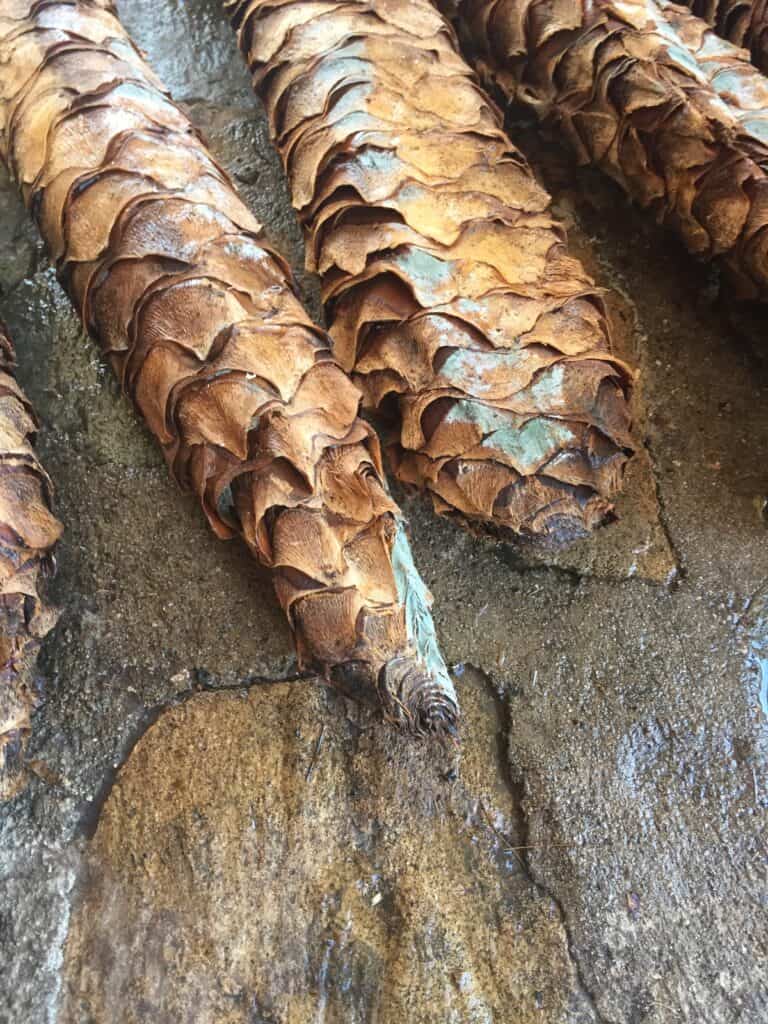
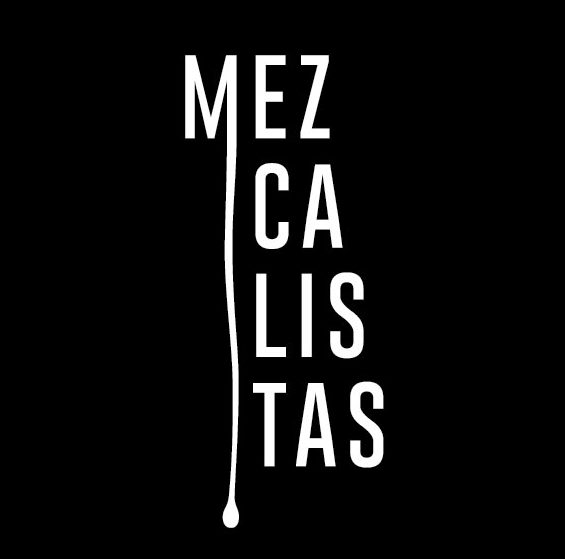
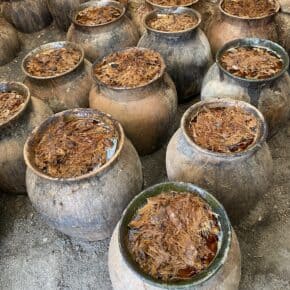
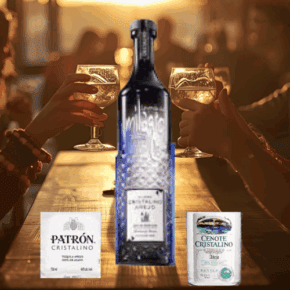

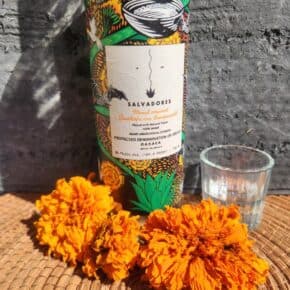
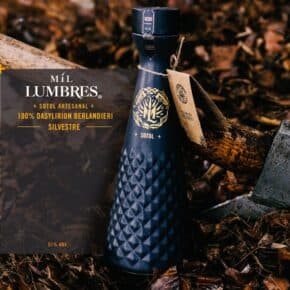
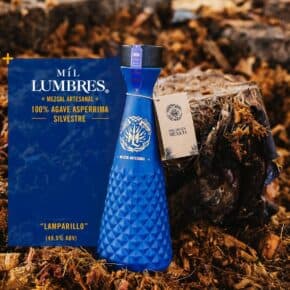



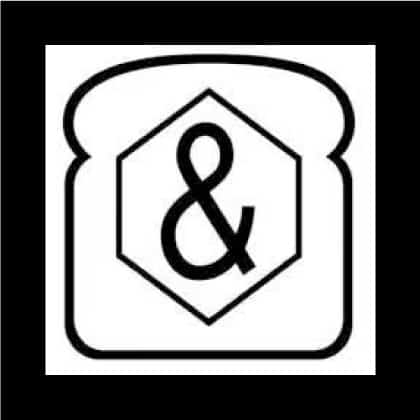

Leave a Comment